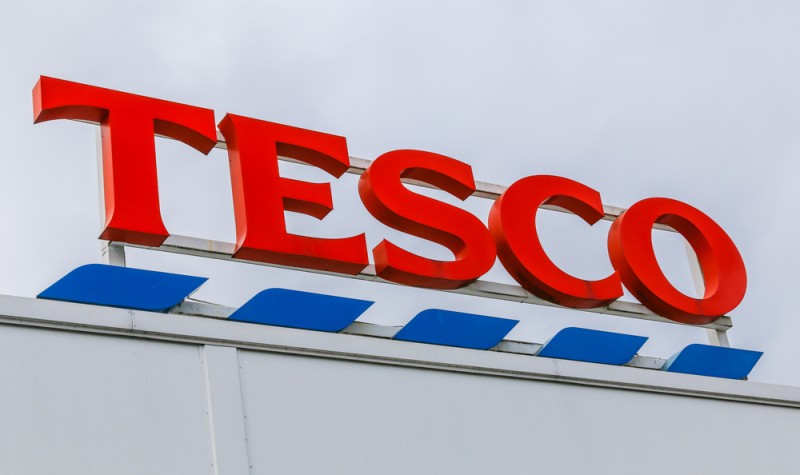Why Tesco and Sainsbury’s share prices could offer investment appeal

Recent geopolitical events have prompted a 3% decline for the FTSE 100 index over the past month. While it is impossible to know how the index will perform in the short run, it would be unsurprising for heightened levels of volatility to remain.
As a result, relatively defensive shares such as Tesco (LON: TSCO) and Sainsbury’s (LON: SBRY) could become more appealing. Their valuations, future prospects and market positions may mean they offer sound performances compared to the wider stock market.
Investment appeal
While Tesco and Sainsbury’s share prices are not immune to changes in the geopolitical or economic outlook, their focus on consumer staples may mean they have a more defensive profile than many other FTSE 100 shares. With market sentiment having weakened dramatically in recent days, they could become increasingly popular among investors.
However, they also offer significant growth opportunities over the long run. Both companies have invested heavily in their online capabilities over recent years. This could mean they are in a strong position to capitalise on a likely continued shift among consumers towards digital retailing. Indeed, the proportion of UK grocery sales that are conducted online is forecast to increase from 12% to around 18% over the next four years.
Tesco’s online sales in its latest trading period were 59% higher than over the same period two years ago. For Sainsbury’s, digital sales were nearly double the level from two years ago in its latest trading period. This suggests that they could experience improved operating conditions compared to recent years, when value-focused firms such as Aldi and Lidl, which currently lack major online operations, stole large chunks of their sales.
Improving businesses
Tesco and Sainsbury’s are also making major changes to their business models that could strengthen their competitive positions.
For example, Tesco continues to utilise its Clubcard programme to not only attract new customers but to improve their loyalty. It is also delivering strong performance in customer perception of quality and value that could build a solid competitive advantage over peers.
Meanwhile, Sainsbury’s is implementing a major cost reduction strategy that, according to its latest update, has supported margin growth in its general merchandise segment. It has also made progress in improving its value credentials at a time when UK consumers are facing a cost of living crisis.
Margin of safety
Indeed, squeezed consumer discretionary incomes are a significant threat to the financial outlook for both firms. Consumers could become increasingly price conscious, which may mean they trade down to cheaper alternative supermarkets or cut their basket size at the likes of Tesco and Sainsbury’s.
However, the aforementioned improvements to customer loyalty levels at Tesco and efficiency gains at Sainsbury’s could mean they are in relatively strong positions to ride out a period of higher inflation.
Moreover, with Tesco trading on a forward price-earnings ratio of around 13, and Sainsbury’s having a prospective price-earnings ratio of 11, their share prices appear to offer a margin of safety. This could allow them to generate FTSE 100-beating performance as their relatively defensive business models, growth opportunities and strategies act as potential future catalysts.
Comments (0)